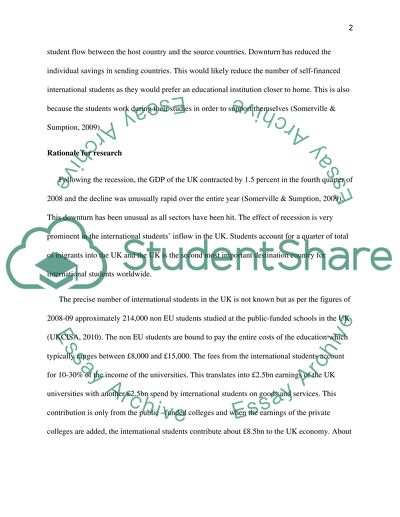Cite this document
(“Proposal (for Dissertation) Research Example | Topics and Well Written Essays - 2500 words”, n.d.)
Retrieved from https://studentshare.org/gender-sexual-studies/1408853-proposal-for-dissertation
Retrieved from https://studentshare.org/gender-sexual-studies/1408853-proposal-for-dissertation
(Proposal (for Dissertation) Research Example | Topics and Well Written Essays - 2500 Words)
https://studentshare.org/gender-sexual-studies/1408853-proposal-for-dissertation.
https://studentshare.org/gender-sexual-studies/1408853-proposal-for-dissertation.
“Proposal (for Dissertation) Research Example | Topics and Well Written Essays - 2500 Words”, n.d. https://studentshare.org/gender-sexual-studies/1408853-proposal-for-dissertation.


